More women are entering the solar workforce every day, but some areas of the industry are still underrepresented. According to The Solar Foundation, women only make up 26% of the solar workforce. In a largely mechanical and construction-related field, it is nice to hear of a woman-led solar installation subcontractor out of Georgia: Sunshine Solar.
In this episode of the Contractor’s Corner podcast, Solar Power World woman and editor-in-chief Kelly Pickerel talks with Emilie O’Leary, CEO of Sunshine Solar, about her experience working in a male-dominated segment. She started the company in 2016 because she knew solar was a space she wanted to be in.
A portion of the interview is below, but be sure to listen to the full podcast for even more insight, including O’Leary’s beginnings at Pickerel’s alma mater Kent State University, how the company approaches hiring in different markets and what social media means to a growing company. A bonus conversation with SPW senior editor Kelsey Misbrener is also included.
Find the Contractor’s Corner podcast on your favorite podcast app.
Sunshine Solar is a woman-owned business in the very heavily male-dominated mechanical side of solar. What is your experience leading a company in the construction industry?
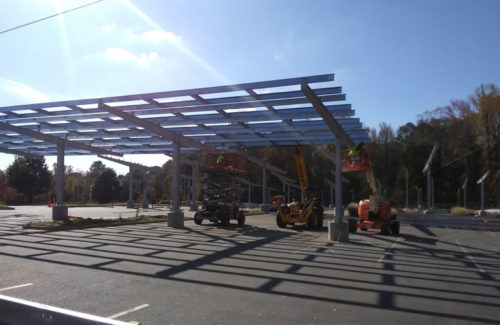 There are definitely challenges working in a primarily male dominant industry. Coming from a corporate world getting into construction, there’s definitely a lot more rough edges. But I do feel being a woman-owned business, we have a leading edge in the solar industry. I feel like I come with a fresh set of eyes so I may see things differently or approach things differently from a woman’s perspective. The good thing is I love to spend time out in the field, and we do hire women so it’s nice to see them out there doing a great job. I definitely want to see more women in leading roles in the solar industry. It’s challenging, but I think we’ve got a lot of opportunities ahead of us.
There are definitely challenges working in a primarily male dominant industry. Coming from a corporate world getting into construction, there’s definitely a lot more rough edges. But I do feel being a woman-owned business, we have a leading edge in the solar industry. I feel like I come with a fresh set of eyes so I may see things differently or approach things differently from a woman’s perspective. The good thing is I love to spend time out in the field, and we do hire women so it’s nice to see them out there doing a great job. I definitely want to see more women in leading roles in the solar industry. It’s challenging, but I think we’ve got a lot of opportunities ahead of us.
Have you worked on any special projects lately?
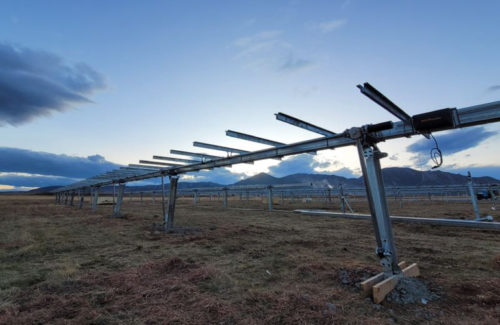 Our latest specialty project is at NREL in Golden, Colorado. It’s a project specifically for Nextracker. They hired us to build a small system for wind capacity (load testing) because if anyone knows about Golden, Colorado, this area at NREL has the highest wind. There’s going to be about 400 test points on this system. It’s an awesome place to work. It’s beautiful with the mountains and everything. Our staff is learning all about the system and the wind capacity, so that’s definitely a unique project for us because we’re not building it for energy production. It’s specifically for wind capacity testing.
Our latest specialty project is at NREL in Golden, Colorado. It’s a project specifically for Nextracker. They hired us to build a small system for wind capacity (load testing) because if anyone knows about Golden, Colorado, this area at NREL has the highest wind. There’s going to be about 400 test points on this system. It’s an awesome place to work. It’s beautiful with the mountains and everything. Our staff is learning all about the system and the wind capacity, so that’s definitely a unique project for us because we’re not building it for energy production. It’s specifically for wind capacity testing.
What are some areas where the solar industry still has room for improvement?
The solar industry is booming, and I feel we need to educate and promote this industry to the younger generation and let them know that this can be a career. We have a local high school that we’re working with, and we had three guys from the high school that went out after their online schools and they loved it. They’re helping us build a carport for a major corporation in their backyard. If we can educate the younger individuals, whether they’re in high school or they’re going into trade schools, I would just love to see curriculums that focus on this industry and start guiding them into the space.
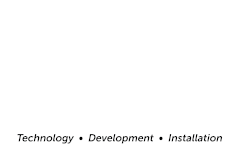
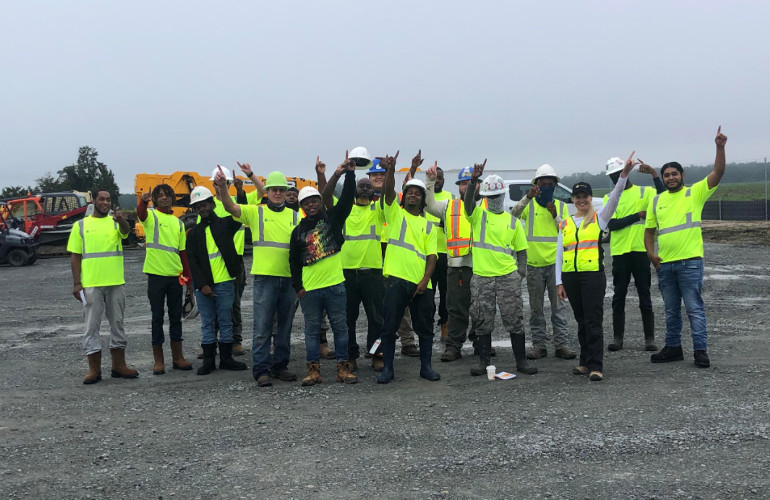
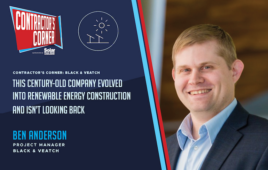
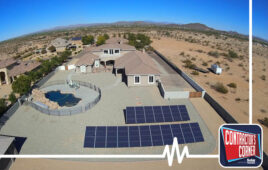
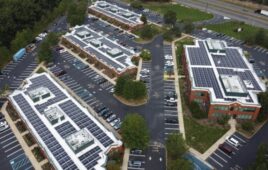
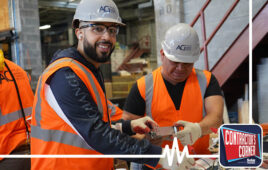
Dear Solar Power World Team, If many solar power systems involve very large arrays of solar cell panels, or reflective mirror devices, often with very large surface areas on the undersides of them, why not have these arrays do double duty, as both a source of electric power, and also potable water? In Mexico, they now have special roadside billboards, with a special surfacing on their unseen side, which catches the morning dew that forms on it, and wicks it downward through a filtering set up, so that the water can be used by citizens there to shower. So perhaps we can do the same thing with various solar power systems as well, especially in the parts of the world where clean water is in shot supply. That covers it.